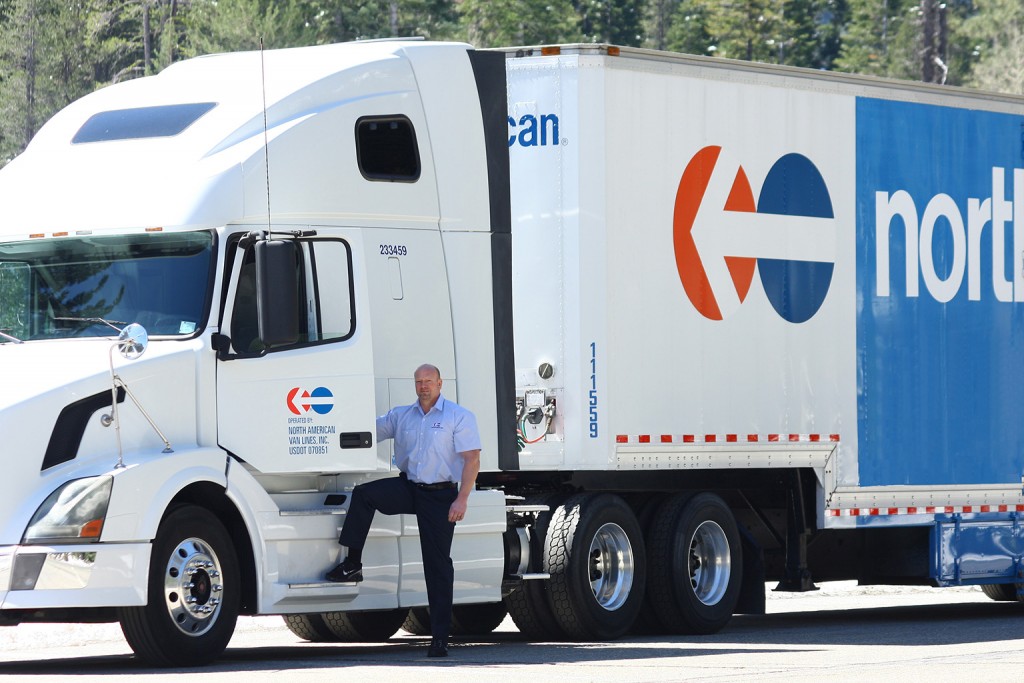Moving between states isn’t just a matter of distance; it involves legal requirements.
We’ll cover everything from preparing furniture for transport to avoiding common mistakes.
Let’s dive into the world of interstate relocation and uncover what it really takes to move to another state.
What Makes Interstate Moving Unique?
When you cross state lines, your move falls under federal regulations, typically overseen by the FMCSA (Federal Motor copyright Safety Administration).
You also need to account for different transport rules in each state.
Understanding the scope of an interstate move prepares you to budget more accurately, manage your time better, and set realistic expectations for delivery and setup.
How to Select the Right Interstate Moving Company
Sites like Better Business Bureau and FMCSA’s mover search tool are great resources for screening movers.
Compare not just the price, but also the included services: Does the quote cover packing, loading, unloading, insurance, and delivery timeframes?
Taking time to vet your moving company can save you stress, money, and avoidable delays.
Factors That Influence Interstate Moving Costs
Another key factor is the weight or volume of your shipment; heavy or bulky loads increase both transport and handling fees.
If you request professional packing, furniture disassembly, custom crating for delicate items, or temporary storage, these all add to the base price.
For example, if your home requires movers to carry boxes up multiple flights of stairs, or if truck access is limited by narrow roads or urban restrictions, extra fees may apply.

How to Plan and Organize Your Interstate Move
Break tasks into weekly checklists: research movers, declutter your belongings, gather packing materials, and notify schools, banks, and utilities.
Decide what to sell, donate, or discard to reduce weight and save on moving costs. Less volume often translates to lower transport fees, so decluttering pays off.
Finally, prepare an essentials kit for the days surrounding your move.
Comparing Different Interstate Moving Services
Full-service movers handle everything, from packing to unpacking, ideal for busy professionals or large families.
Freight shipping companies also offer options for large shipments that don’t need full moving crews.
When comparing services, consider your priorities: Do you value convenience or budget?

Common Mistakes to Avoid in Interstate Moving
One site com mais detalhes of the biggest mistakes in interstate moving is underestimating time and effort.
Another common pitfall is failing to check mover credentials.
Lastly, poor packing leads to headaches.
Budget-Friendly Strategies for Interstate Relocation
To cut costs on interstate moving, start by downsizing.
Some movers offer price matching, discounts for flexible dates, or savings for booking during off-peak seasons.
Pack non-fragile items, disassemble simple furniture, or transport valuables in your own vehicle.
Conclusion: Making Your Interstate Move a Success
From selecting a mover to managing costs, each choice shapes the outcome of your move.
By following expert tips and avoiding common mistakes, you can reduce stress and ensure your belongings arrive safely.
Best of luck on your journey to a new home!
Your Interstate Moving Questions Answered
How can I save money on an interstate move?
Comparing multiple quotes and moving during off-peak seasons also helps lower costs.
What’s the best timeline for booking interstate movers?
It’s best to book movers at least 6–8 weeks in advance, especially during busy seasons.
Are there things I can’t include in an interstate move?
Properly disposing or transporting restricted items yourself avoids legal and safety issues.
Do I need extra coverage for my interstate move?
Most interstate movers include basic valuation coverage by law, but it’s minimal.
Can I track my belongings during an interstate move?
Ask your company about their communication methods and tracking options.